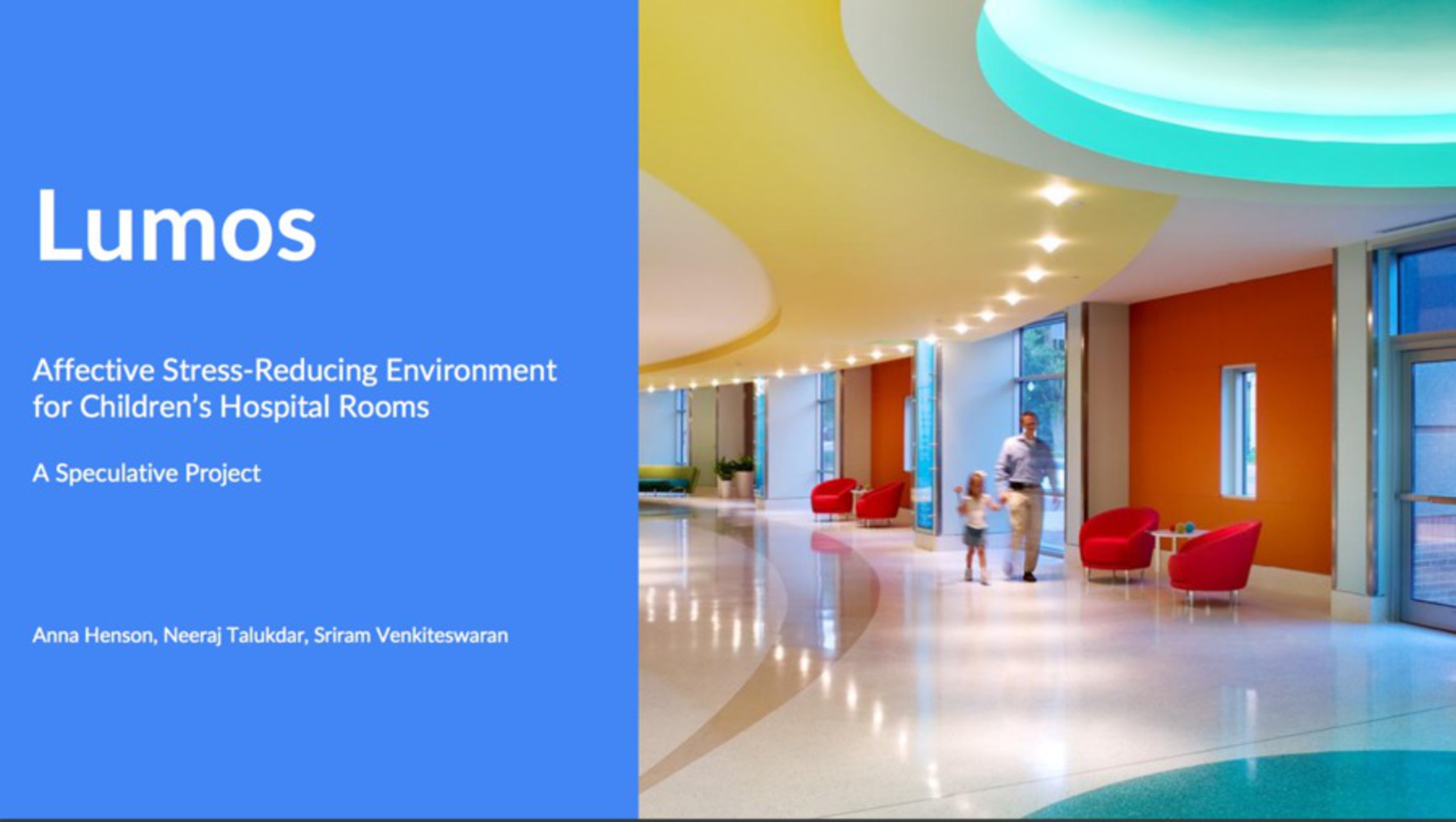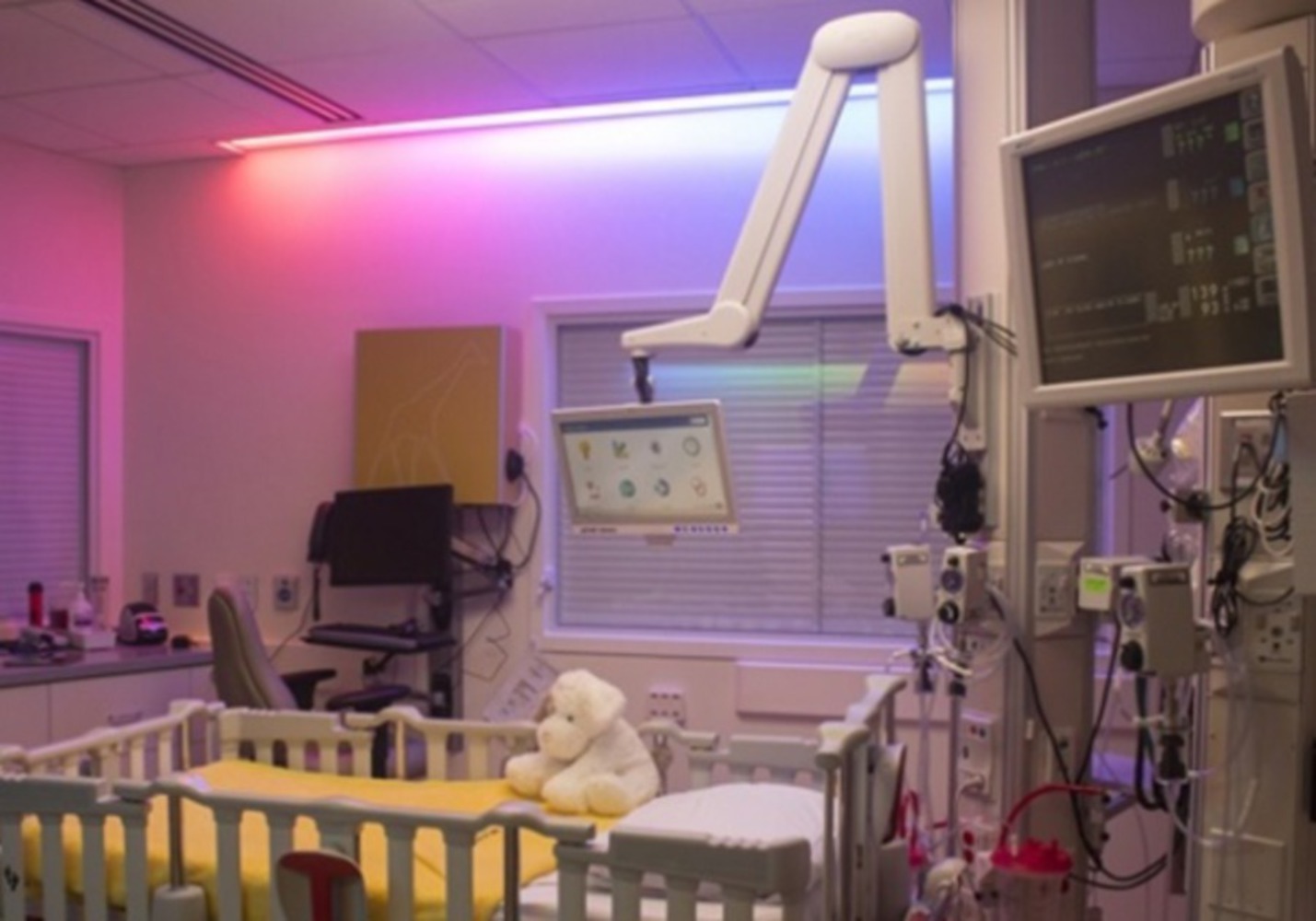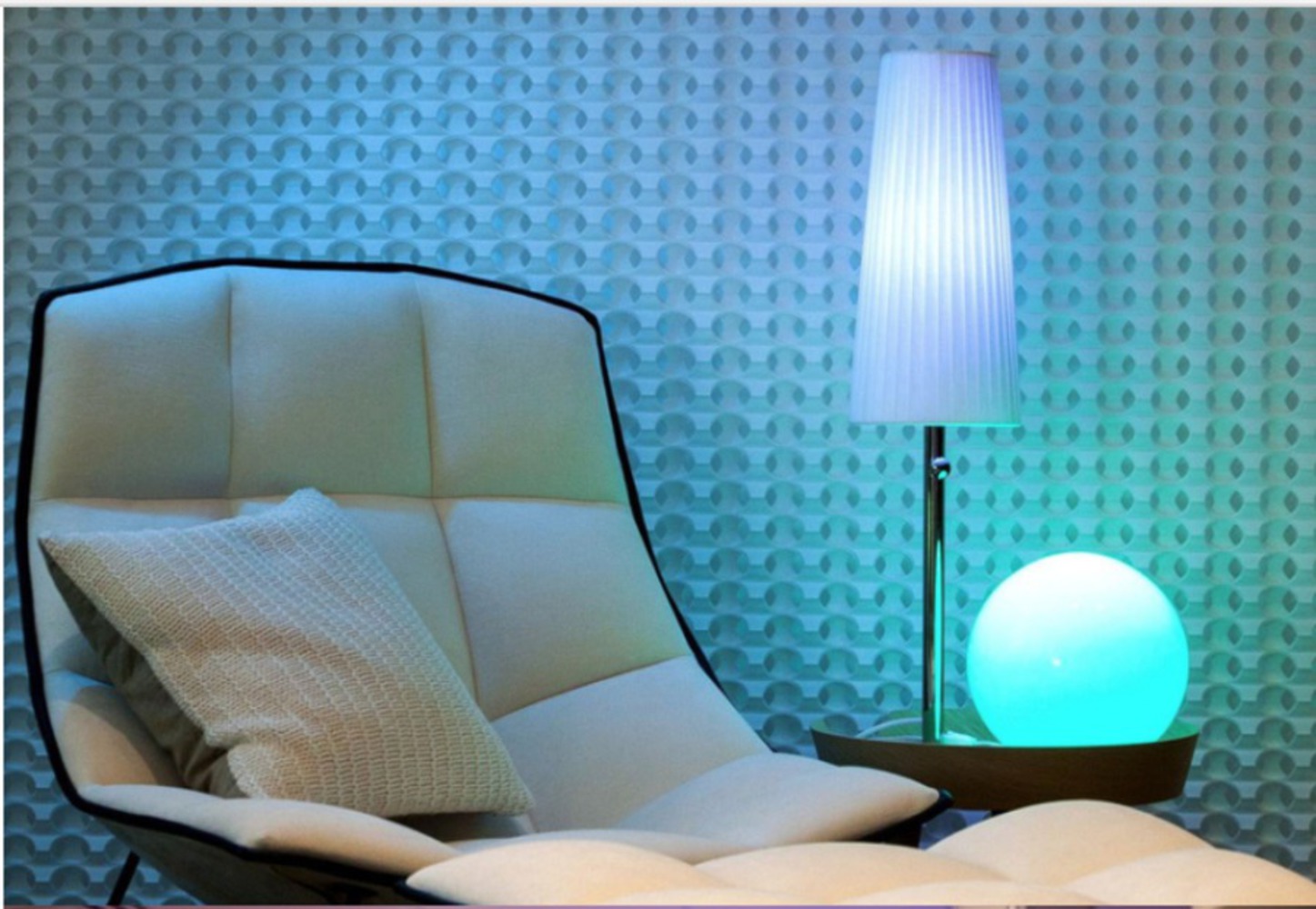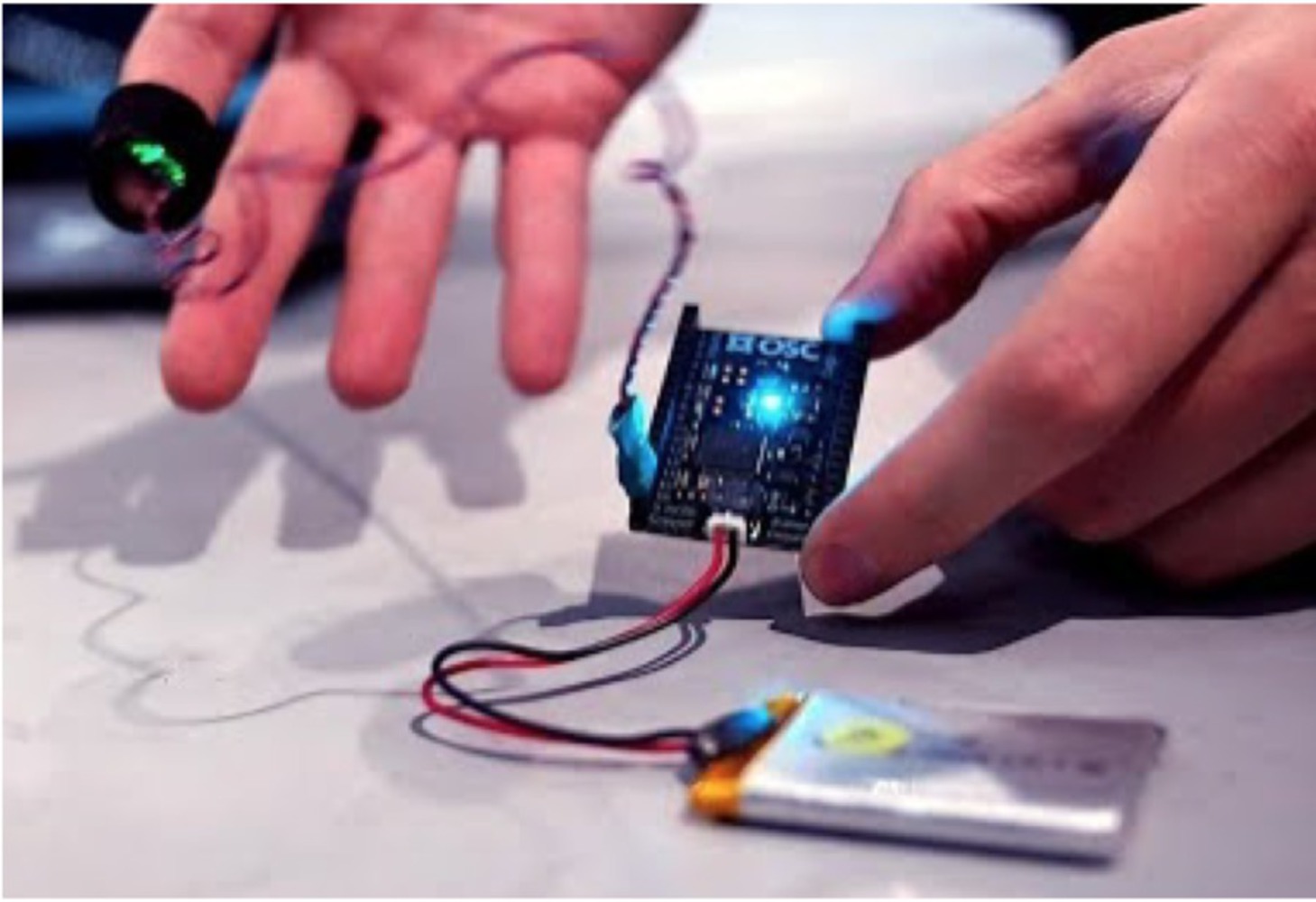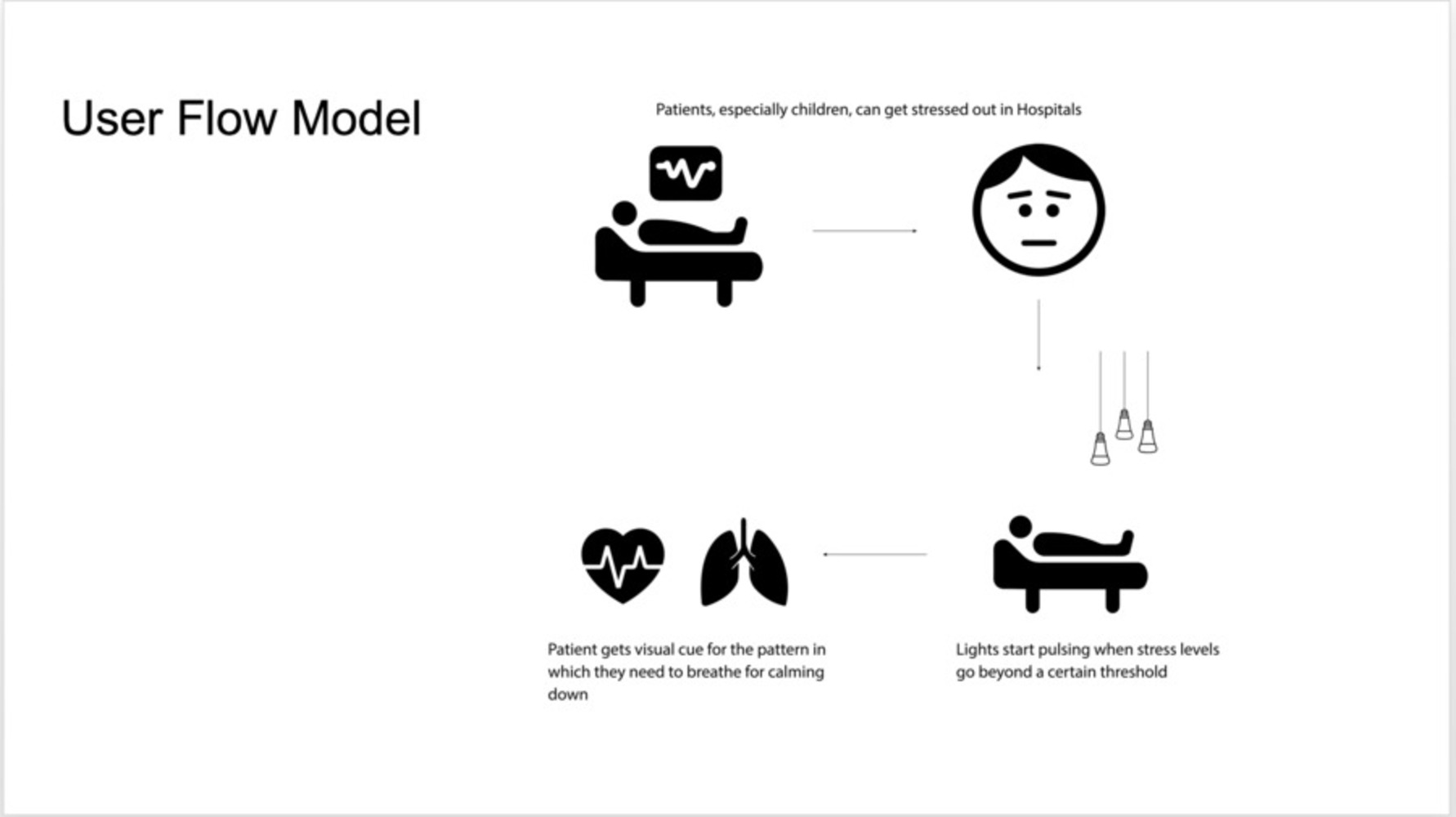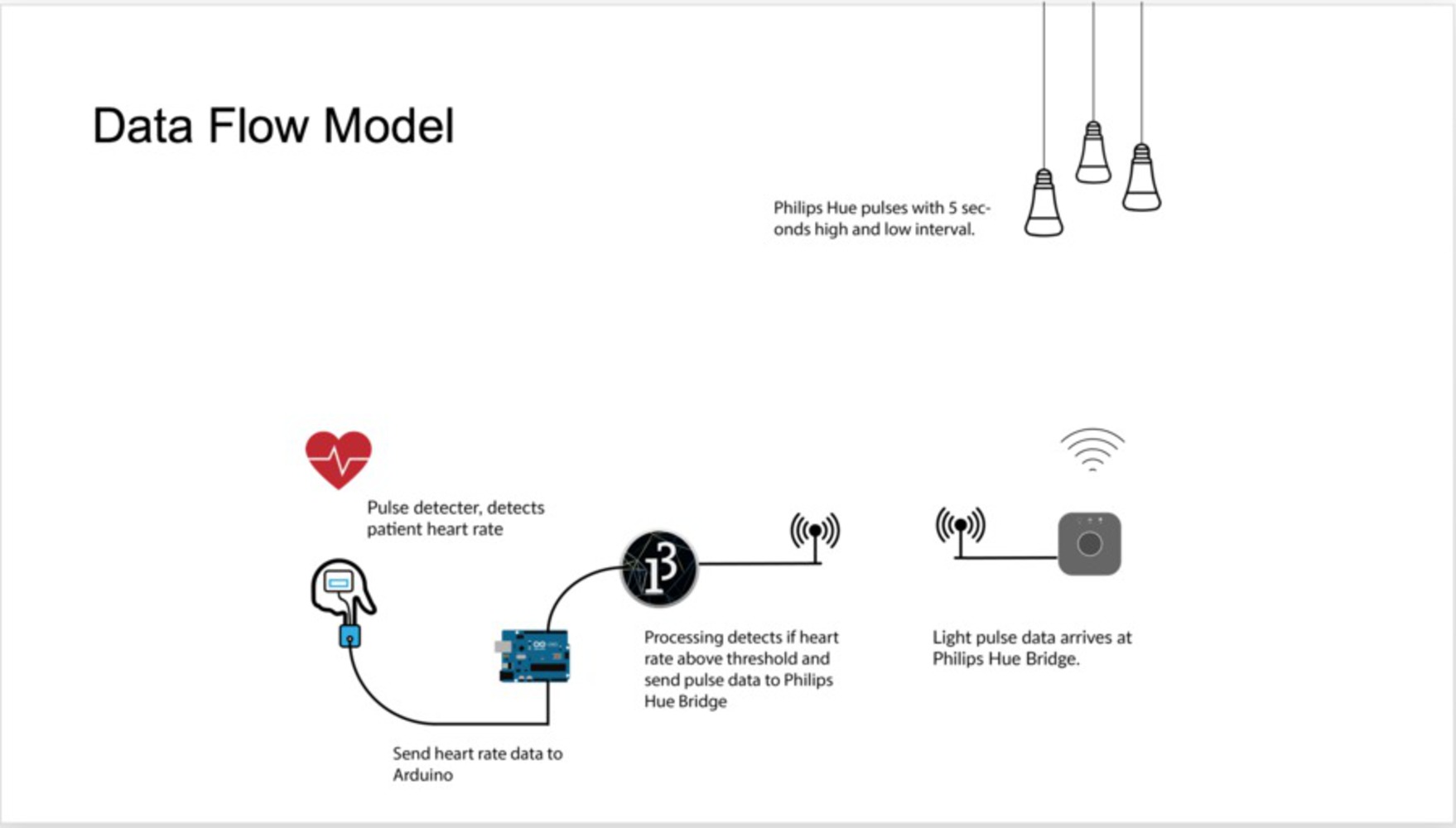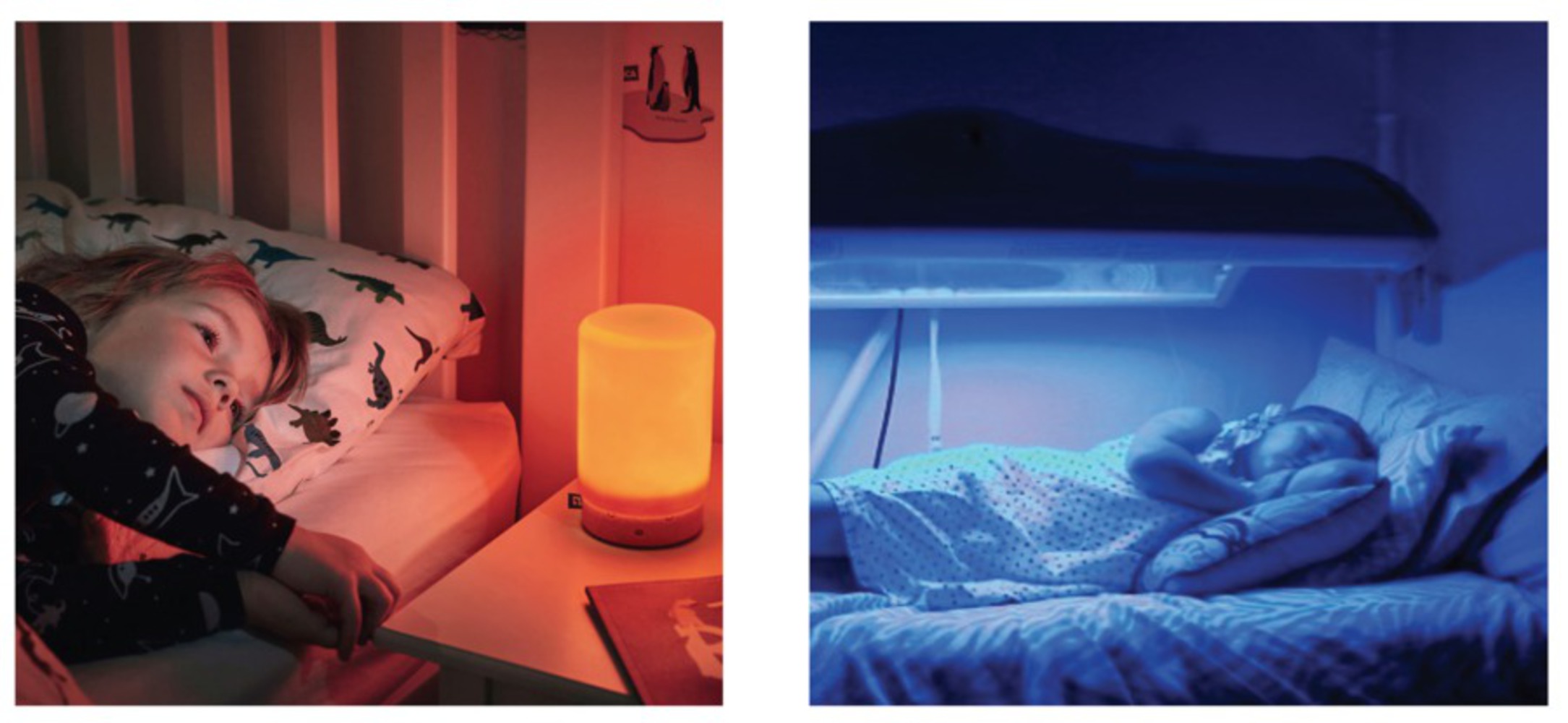Healing Environments & Stress in Hospitalized Children
How can hospital design affect clinical outcomes?
When a child is admitted to the hospital, it is a very stressful experience for both the child
and the family. Creating a healing environment can reduce stress, improve one's ability to
cope with pain, and aid in healing. Creating positive distractions through the design of
environmental features, such as soothing colors, natural light, and pleasant sounds, can
effectively reduce stress. Research
Using Patient-Centered Design and Evidence-Based Design (EBD), which focus on the
experience of the patient and prioritizes qualitative care through rigorous research,
creating Healing Environments has become a focus for the healthcare industry. Article
